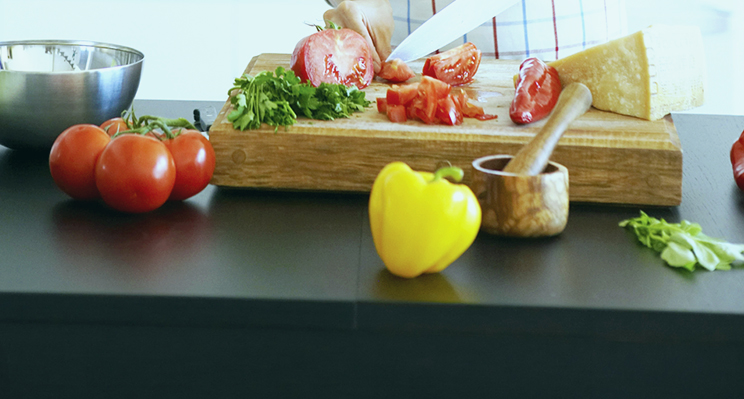 Now, if you’re eating your lunch you might want to come back to this blog in half an hour – because today’s subject isn’t exactly glamourous! It is, however, important – because did you know that looking into the toilet pan can help you identify the health of your digestive system?
Now, if you’re eating your lunch you might want to come back to this blog in half an hour – because today’s subject isn’t exactly glamourous! It is, however, important – because did you know that looking into the toilet pan can help you identify the health of your digestive system?
The chart to the right is called the Bristol Scale – and it identifies the most common types of stools. Stool consistency relates to transit time – the time food takes to pass completely through the gut.
Type 1 as shown on the Bristol Scale has spent the longest time in the colon; stools at this end of the scale are hard to pass and often require a lot of straining. In contrast, type 7 has spent the least time in the colon; stools at this end of the scale often need to be passed urgently to prevent an accident.
The ideal stools are types 3 and 4, especially type 4; these are the easiest to pass, and indicate the optimal functioning of the digestive system.
To download or order a copy of the Bristol Scale for yourself, simply visit the Advice Packs page.

